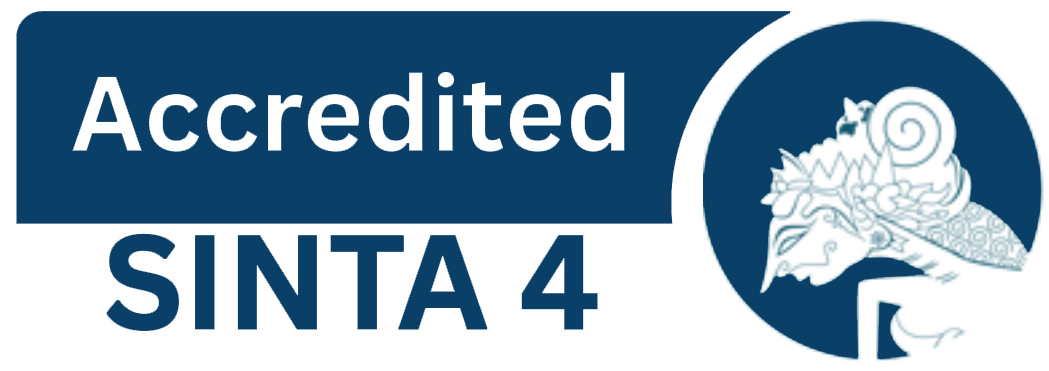DAMPAK HAMBATAN DISLEKSIA PADA SELF-ESTEEM SISWA DI SEKOLAH DASAR INKLUSI
DOI:
https://doi.org/10.22460/collase.v4i2.6983Keywords:
Dyslexia, Self-Esteem, School of InclusionAbstract
References
Ali, M., & Asroni, M. (2004). Psikologi remaja: Perkembangan peserta didik. Jakarta: Raja Grafindo Persada.
Baddeley, A., Gathercole, S., & Papagno, C. (1998). The phonological loop as a language learning device. PSYCHOLOGICAL Review, 105(1), 158.
Banai, K., & Ahissar, M. (2004). Poor frequency discrimination probes dyslexics with particularly impaired working memory. Audiology And Neuro-Otology, 9(6), 328–340
Barwick, M., & Siegel, L. (1996). Learning difficulties in adolescent clients of a shelter for runaway homeless street youths. Journal of Research on Adolescence, 6(4), 649–670.
Branden, N. (1994). Six pillars of self-esteem. Newyork: Bantam.
Coopeersmith, S. (1967). The antecendents of self-esteem. San Fransisco: Freemab Press.
Crombie, M. (2002). Dyslexia: The New Dawn. Unpublished doctoral thesis, Glasgow, Strathclyde University.
Denhart, H. (2008). Deconstructing barriers: Perceptions of students labeled with learning disabilities in higher education. Journal of Learning Disabilities, 41(6), 483–497.
Doyle, J. (1996) Dyslexia: An Introductory Guide. London: Whurr Publishers.
Elbro, C., Nieslen, I., & Petersen, D. K. (1994). Dyslexia in adults: Evidence for deï¬cits in non-word reading and in the phonological representation of lexical items. Annal of Dislexia. 44, 203–226.
Farmer, M. E., & Klein, R. M. (1995). The evidence for a temporal processing deï¬cit linked to dyslexia: A review. Psychonomic Bulletin & Review, 2(4), 460–493
Gathercole, S. E., & Pickering, S. J. (2000). Working memory deï¬cits in children with low achievements in the national curriculum at 7 years of age. British JOURNAL of EDUCATIONAL Psychology, 70(Pt 2), 177–194.
Gathercole, S. E., Tiffany, C., Briscoe, J., & Thorn, A. (2005).
Developmental consequences of poor phonological short-term memory function in childhood: A long- itudinal study. JOURNAL of Child Psychology AND PSYCHIATRY, 46(6), 598–611.
Goswami, U., Fosker, T., Huss, M., Mead, N., & Szucs, D. (2011). Rise time and formant transition duration in the discrimination of speech sounds: The Ba-Wa distinction in developmental dyslexia. DEVELOPMENTAL Science, 14(1), 34–43
Lisle, K., & Wade, T. J. (2014). Does the presence of a learning disability elicit a stigmatization? British Journal of Education, Society & Behavioural Science, 4(2), 211–225.
Lodygowska, E., & Czepita, D. (2012). School phobia in children with dyslexia. Annales Academiae Medicae Stetinensis, 58(1), 66–70.
Keen, A. G., & Lovegrove, W. J. (2000). Transient deï¬cit hypothesis and dyslexia: Examination of whole-part relationship, retinal sensitivity, and spatial temporal frequencies. Vision RESEARCH, 40, 705–715.
Meyler, A., & Breznitz, Z. (2005). Visual, auditory and cross-modal processing of lin- guistic and nonlinguistic temporal patterns among adult dyslexic readers. DYSLEXIA, 11, 93–115.
Miles, T.R. and Miles, E. (1990) Dyslexia: A Hundred Years On. Milton Keynes: Open University Press.
Nelson, J. M., Lindstrom, W., & Foels, P. A. (2015). Test anxiety among college students with speciï¬c reading disability (dyslexia) nonverbal ability and working memory as predictors. JOURNAL of LEARNING DISABILITIES, 48(4), 422–432.
Nevid, Jeffrey S, dkk. (2005). Psikologi Abnormal edisi kelima Jilid 1. Jakarta: Erlangga.
Reed, M. A. (1989). Speech perception and the discrimination of brief auditory cues in reading disabled children. JOURNAL of EXPERIMENTAL Child Psychology, 48(2), 270–292
Shaywitz. S. (2002). Overcoming Dyslexia. New York: Alfred A Knopf.
Siegal, L.S. (1989) ‘IQ is irrelevant to the definition of learning disabilities’. Journal of Learning Disabilities, 22, 469–78.
Stainback, S., & Stainback, W. (1980). Some Trends in the Education of Children Labelled Behaviorally Disordered1. Behavioral Disorders, 5(4), 240-249.
Tallal, P. (1980). Auditory temporal perception, phonics, and reading disabilities in children. BRAIN AND LANGUAGE, 9(2), 182–198
Verhagen, J., & Leseman, P. (2016). How do verbal short-term memory and working memory relate to the acquisition of vocabulary and grammar? A comparison between ï¬rst and second language learners. JOURNAL of EXPERIMENTAL Child Psychology, 141, 65–82.
Willcutt, E.G, etc. 2001. A comparison of the cognitive deficits in reading disability and attentiondeficit/ hyperactivity disorder. Journal of Abnormal Psychology. 110, 157–172. doi: 10.1037/0021843X.110.1.157



